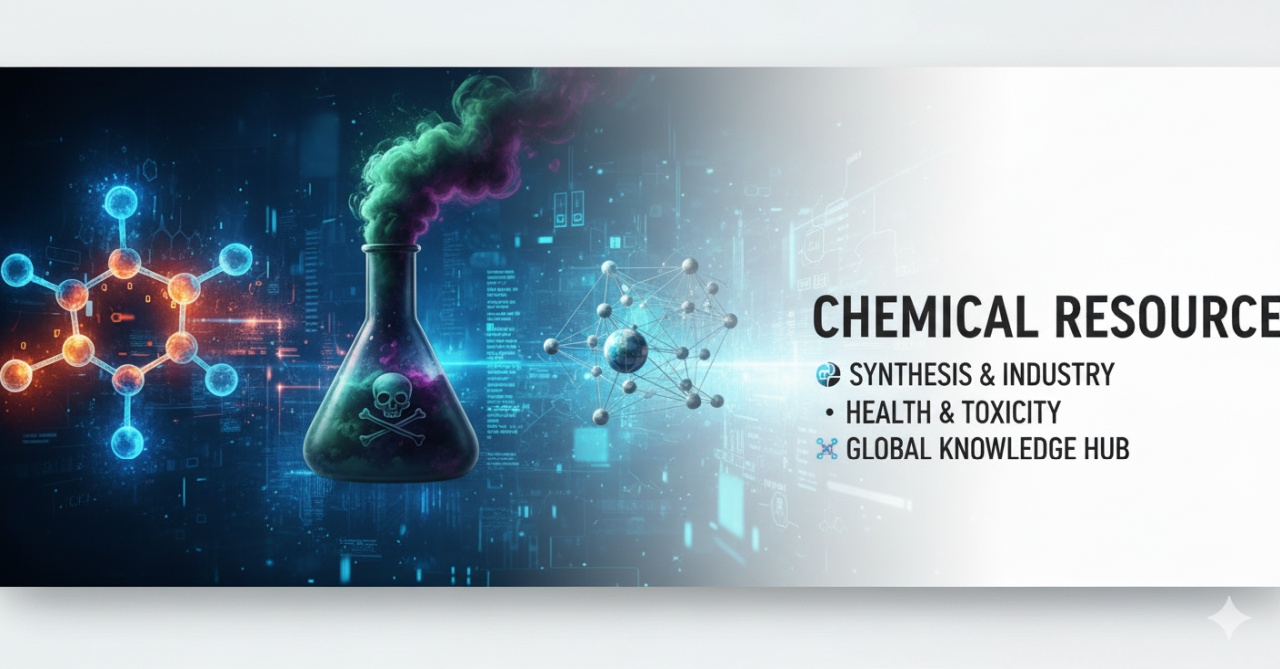🔎 Schnellsuch
Finden Sie Substanzen nach CAS-Nummer, UN-Nummer, Gefahrenklasse oder Ähnlichem...
UV-328
- [General Manufacturing Information] Plastics Product Manufacturing
- [General Manufacturing Information] Plastics Material and Resin Manufacturing
- [General Manufacturing Information] Not Known or Reasonably Ascertainable
Toxizitätsübersicht: IDENTIFICATION AND USE: 2-(2H-Benzotriazol-2-yl)-4,6-di-tert-pentylphenol is used as a UV absorber in plastics applications. It is particularly recommended for polyolefins, polyurethanes, PVC, polyacrylate, epoxy, and elastomers. It offers strong intensity and broad UV absorption with a fairly sharp wavelength cutoff close to the visible region. HUMAN STUDIES: In vitro studies demonstrated antiandrogenic activity of human CYP3A4 enzyme-mediated hydroxylated metabolites. ANIMAL STUDIES: Rats were administered 2-(2H-benzotriazol-2-yl)-4,6-di-tert-pentylphenol via oral gavage at doses of 1392, 1800, 2325 mg/kg test-substance-basis for 14 days. Within 2 hours after treatment the rats in all dosage groups showed sedation, dyspnea, curved position and ruffled fur. The animals recovered within 8 to 9 days. Beagle dogs were fed with a diet containing 0, 15, 30, 60, 120 and 240 mg/kg body weight for 3 months. One male from the high dose group died on the 8th week of treatment. Toxicity was more pronounced in the males than in the females. Body weight loss and depression of food consumption occurred in the high dose group. Hematological analysis revealed signs of anemia at the two highest dose groups. The data from blood chemistry revealed slight increased bilirubin, GTP, GOT and alkaline phosphatase activity in the serum. There were increased liver weights associated with severe liver damage including icterus (jaundice) in a few dogs in the 120 and 240 mg/kg groups. In rats fed for 90 days, hematological analysis revealed a treatment-related decrease of hemoglobin content and packed cell volume in males at 200 ppm and above. In females, this effect was less pronounced. The data from clinical chemistry revealed an increase of glucose-6-phosphatase at lower dose groups with a steady-state level at about 200 ppm. The liver, kidney, spleen and testes weights were increased. There were also some hints for increased thyroid weights in the higher dose groups. The liver was identified as the main target organ in rats. The chemical tested negative for mutagenic effects in Salmonella typhimurium strains: TA 98, TA 100, TA 1535 and TA 1537 with or without metabolic activation. ECOTOXICITY STUDIES: Daphnia magna growth, reproduction, and gene transcription were not impacted by 21-d exposure. In the algae, results showed increased ROS production in response to the chemical exposure. The transcription of superoxide dismutase (SOD), catalase (CAT), and ascorbic peroxidase (APX) was also regulated in the green algae, most likely as a result of ROS production and lipid peroxidation.
📬 Subscribe to Our Mail List
Get updates about chemical safety, regulatory tools and more...
